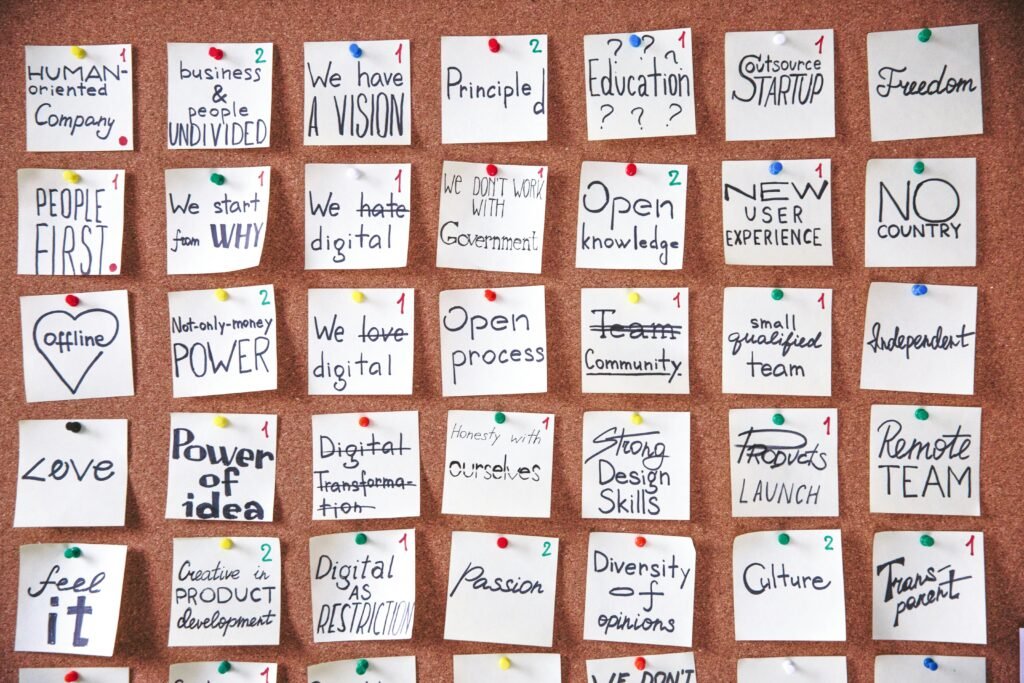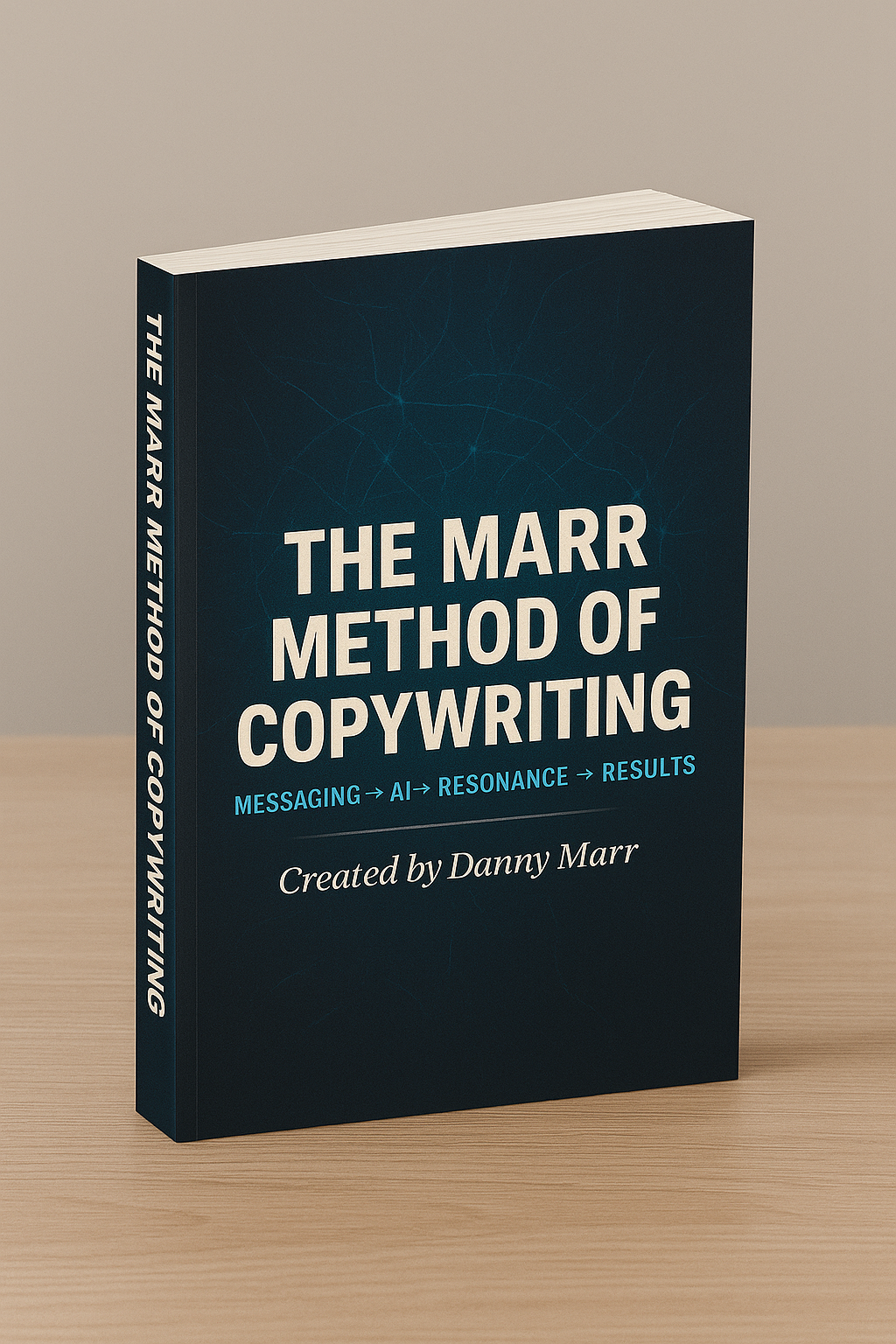
Introduction to Simplifying Concepts
The ability to condense complex thoughts into a single word is a highly sought-after skill in our information-rich era.
This practice involves capturing the core meaning of an idea without unnecessary elaboration.
In the realms of writing, philosophy, and critical thinking, distilling concepts down to their purest form can enhance clarity and impact.
To begin this process, one must adopt a mindset geared towards simplification.
This means recognizing the power of minimalism in expression.
Reducing an idea to its fundamental elements allows it to be communicated more effectively.
The challenge lies in identifying which aspects are essential and which are superfluous.
Consider the word “freedom.”
It immediately evokes a broad array of meanings, all centered on the concept of autonomy.
This single word can summarize complex political theories, personal experiences, and universal human desires.
Similarly, “peace” encapsulates a multifaceted idea that spans personal tranquility to global harmony.
These examples highlight how one word can convey substantial depth.
To achieve this level of precision, it is important to engage in practices that hone your ability to simplify.
Techniques such as brainstorming, mind mapping, and iterative revision can be particularly useful.
These methods allow you to visualize and refine your thoughts, ensuring that the most important elements are highlighted.
Simplifying concepts also requires an understanding of context and audience.
The right word must resonate with the intended recipients, conveying the intended message without ambiguity.
This makes the practice not only an exercise in linguistic skill but also in empathy and understanding.
In mastering the art of simplification, one learns to express ideas with both economy and power, creating a more direct and impactful form of communication.
Understanding the Core of an Idea

To simplify an idea, you must first break it down into its essential components.
This process starts with examining the underlying principles that form the foundation of the concept.
Look beyond the surface details and identify the key elements that are crucial to the idea’s integrity.
For instance, if you are focusing on the notion of “innovation,” strip away the buzzwords and trends to find the fundamental aspects such as creativity, problem-solving, and advancement.
Another effective method is to ask probing questions that force you to think deeper about the idea.
Questions like “What is the primary purpose of this concept?” or “What are its most important attributes?” help in clarifying the core components.
Writing these answers down can also be beneficial, as it allows you to see the idea in a more structured form.
Additionally, context plays a significant role in understanding the core of an idea.
Consider how the idea fits into a larger framework and what role it plays within that context.
For example, the word “sustainability” can have various facets such as environmental, economic, and social sustainability.
Understanding which facet is most relevant to your purpose will help in selecting the most precise word.
It is also helpful to use analogies and metaphors to gain a different perspective on the idea.
These can provide new insights and make it easier to grasp the essence of the concept.
By employing these techniques, you can strip away extraneous details and focus on what truly defines the idea, making it easier to distill it into a single, powerful word.
Examples of One-Word Summaries

Consider the power that resides in a single word when it encapsulates an entire spectrum of ideas and emotions.
For example, “love” is not just an emotion; it is an all-encompassing concept that speaks to affection, attachment, and deep connection.
In one breath, it conveys myriad experiences and relationships.
Another example is “truth,” a word that immediately evokes notions of authenticity, integrity, and reality.
It cuts through the noise, presenting an unwavering commitment to what is genuine and unembellished.
In literature, a word like “betrayal” can evoke the tension of a plot, the intricacies of character relationships, and the moral quandaries faced by individuals.
It serves as a fulcrum around which entire narratives can pivot.
Similarly, “grace” offers a blend of elegance, forgiveness, and poise, reflecting a state of being that transcends mere physical movement or demeanor, encompassing spiritual and emotional dimensions.
In the realm of philosophy, “existence” prompts a labyrinth of questions about being, purpose, and consciousness.
It is a word that can trigger debates, inspire essays, and fuel introspection.
Meanwhile, “justice” calls forth discussions about fairness, morality, and law, embodying a complex web of societal principles and individual rights.
Each of these words—”love,” “truth,” “betrayal,” “grace,” “existence,” and “justice”—serves as a distillation of intricate concepts, making the abstract tangible.
They act as keys that unlock deeper understanding, each with the capacity to expand into vast thematic explorations.
Through them, we see how a solitary term can become a vessel for profound meaning, providing clarity in the midst of complexity.
Techniques for Refining Thoughts

One of the most effective ways to refine your thoughts is through the practice of mind mapping.
This technique involves creating a visual representation of your ideas, allowing you to organize and connect them in a clear and structured manner.
By mapping out your thoughts, you can identify key components and see how they interrelate, helping you to prioritize what is most important.
Another useful method is brainstorming.
Begin by writing down all the words and phrases that come to mind related to your idea.
Don’t worry about order or relevance at this stage; the goal is to capture everything.
Once you have a comprehensive list, start grouping similar terms together and eliminate redundancies.
This helps in narrowing down your focus to the most impactful words.
Iterative revision is also crucial for refining thoughts.
Draft an initial summary of your idea and then review it multiple times, each time striving to make it shorter and more precise.
Pay attention to language and ensure that each word adds value.
This process of continuous refinement hones your ability to convey the core of your idea succinctly.
Using analogies and metaphors can provide fresh perspectives and insights.
These figurative tools allow you to draw parallels between your concept and something more familiar, making it easier to understand and explain.
This can also spark new associations that help clarify the essence of your idea.
Finally, engaging in discussions with others can offer valuable feedback and new viewpoints.
Sharing your distilled thoughts with peers or mentors can help identify any areas of ambiguity or confusion.
Their input can guide you in fine-tuning your expression, ensuring that your final word captures the full depth and nuance of your concept.
The Role of Context in Defining a Word

Understanding the context in which a word is used is crucial for effective communication.
The meaning and impact of a word can change significantly depending on the situation and the audience.
For example, the word “freedom” might resonate differently in a political speech compared to a personal diary.
Similarly, “innovation” could be interpreted in various ways in a tech conference versus a history lecture.
To choose the right word, consider the cultural, social, and emotional backdrop of your audience.
What are their values, beliefs, and experiences?
A term that is clear and impactful in one cultural setting might be misunderstood or carry different connotations in another.
Context shapes not only the understanding but also the emotional response to a word.
For instance, “resilience” may be empowering in a motivational talk but could evoke stress or burden in a conversation about chronic hardship.
It’s also important to consider the specific circumstances surrounding the idea.
In a business meeting, the term “growth” might focus on financial metrics, while in a personal development workshop, it could pertain to emotional or psychological progress.
Context determines which facets of a concept are most relevant, guiding you to select a word that captures the essence accurately.
Lastly, historical and situational context can also influence word choice.
Words like “revolution” or “justice” carry different weights and implications depending on current events and historical background.
Understanding these nuances helps in selecting a word that not only conveys the intended message but also resonates deeply with the audience’s current mindset and experiences.
The Art of Choosing the Perfect Word

Choosing the perfect word is a delicate balance between specificity and universality.
It requires a keen understanding of both the concept and the audience.
A word should be broad enough to be universally understood but specific enough to convey the exact nuance of your idea.
This delicate balance can be achieved through a thoughtful process of elimination and selection.
Start by listing possible words that could capture your idea.
Assess each word for its connotations, simplicity, and relevance.
Avoid jargon or overly technical terms, as they can alienate or confuse your audience.
Instead, opt for words that are clear and accessible.
Consider the emotional weight of each word.
Words carry emotional undertones that can either enhance or detract from your intended message.
For example, “freedom” evokes a sense of liberation and possibility, whereas “liberation” might carry more historical or political baggage.
Select a word that aligns with the emotional impact you aim to achieve.
Context is also crucial.
A word that works well in one setting may fall flat in another.
Think about the situational and cultural background of your audience.
What experiences and values do they bring to the table?
A term that resonates deeply in one context might be meaningless or even misleading in another.
Test your chosen word in different sentences and scenarios to ensure its versatility and appropriateness.
Seek feedback from others to gauge if the word accurately captures the essence of your idea.
Their perspectives can offer valuable insights that you might have overlooked.
Ultimately, choosing the perfect word is an iterative process that demands both linguistic skill and emotional intelligence.
Through careful consideration and practice, you can master the art of distillation, ensuring your ideas are conveyed with precision and power.
Benefits of Condensed Expression

Using powerful words allows you to communicate your ideas quickly and effectively, ensuring they resonate with your audience.
In a fast-paced world, concise communication is more important than ever.
Another benefit is enhanced clarity.
When you distill a concept to its essence, you eliminate extraneous details, allowing the core message to shine through.
This precision makes your communication more effective, as your audience can grasp the main point without wading through unnecessary information.
Condensed expression also aids in retention.
A single, impactful word is easier to remember than a lengthy explanation.
This is particularly useful in fields like marketing, where brand names and slogans must stick in the consumer’s mind.
Similarly, in educational settings, a well-chosen word can encapsulate a complex concept, making it easier for students to understand and recall.
Moreover, using concise language can make your message more universal.
Words that encapsulate core ideas are often more relatable across different cultures and languages.
This universality broadens the reach of your communication, making it accessible to a more diverse audience.
Additionally, simplifying your language can foster emotional engagement.
Powerful words often carry emotional weight, resonating on a deeper level with your audience.
This emotional connection can make your message more compelling and memorable.
Lastly, concise communication saves time.
In both personal and professional settings, being able to express ideas succinctly allows for more efficient interactions.
This efficiency is particularly valuable in business environments, where time is often at a premium.
Common Mistakes to Avoid

When aiming to distill an idea into a single word, one common error is over-simplification, which can strip the concept of its richness and depth.
Another frequent mistake is selecting a word that is too vague or broad, leading to ambiguity and misinterpretation.
It’s crucial to balance simplicity with precision to ensure the word captures the full scope of the idea.
Additionally, overlooking the importance of context can undermine your efforts.
A word that fits perfectly in one situation may not resonate in another, causing miscommunication.
Always consider the cultural, social, and situational backdrop of your audience when choosing your word.
Failing to account for the emotional connotations of a word can also be problematic.
Words carry emotional weight, and using one that evokes unintended feelings can distort your message.
Be mindful of the emotional undertones and ensure they align with your intended meaning.
Relying too heavily on jargon or technical terms can alienate your audience.
While these words may seem precise within a specific field, they can be confusing or off-putting to those outside that niche.
Opt for words that are clear and accessible to a broader audience.
Finally, neglecting iterative revision can lead to missed opportunities for improvement.
Refining your choice through multiple drafts ensures that you select the most accurate and impactful word.
Seeking feedback from others can provide fresh perspectives and help identify any lingering ambiguities.
Practice and Application

To master the skill of condensing ideas into single words, it’s essential to practice regularly.
Start by taking complex topics and breaking them down through brainstorming sessions.
Write down all related words and concepts, then work to narrow this list to the most essential term.
Mind mapping can also be a helpful tool for visualizing how different ideas connect, aiding in the selection of the most impactful word.
Engage in exercises such as summarizing articles, speeches, or even books in just one word.
This practice forces you to identify the core message quickly.
You might find it helpful to use analogies or metaphors during this process, as they can offer new perspectives that highlight the essence of the concept.
Feedback from others is invaluable.
Share your distilled words with friends, colleagues, or mentors to gauge their effectiveness.
They can provide insights that you might have missed and help you refine your choices further.
Additionally, revising your selections multiple times ensures that you capture the most accurate and impactful term.
Regularly practicing these techniques will make the process of word distillation more intuitive and efficient.
Over time, you’ll find it easier to identify and express the fundamental elements of any idea, enhancing both your communication skills and your ability to convey complex thoughts succinctly.
Conclusion

Mastering the art of distilling ideas into single words is both challenging and rewarding.
This skill empowers you to communicate with clarity and precision, capturing the core of complex thoughts in a way that resonates deeply.
By focusing on the essential elements of a concept and using techniques like brainstorming, mind mapping, and iterative revision, you can refine your ability to simplify.
Consider the importance of context and emotional weight to ensure your chosen word aligns with your audience’s values and experiences.
Consistent practice and seeking feedback are crucial for honing this skill.
Over time, you will become adept at identifying the most impactful words that encapsulate your ideas effectively.
This not only enhances your communication but also makes your messages more memorable and universally relatable.
Embrace the process of word distillation and discover the power of succinct expression in transforming your communication.
💡 Quick question before you go:
Are you using AI in your copywriting — or letting it use you?
Take the 2-minute quiz to uncover your Copywriting + AI Style, get your personalized analysis, and receive a free copy of The Marr Method of Copywriting.
 👉 Take the Quiz — Unlock Your Style
👉 Take the Quiz — Unlock Your Style
